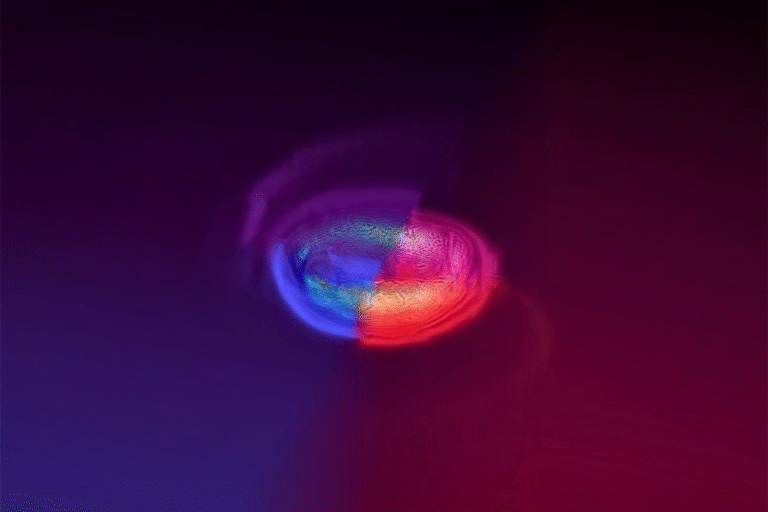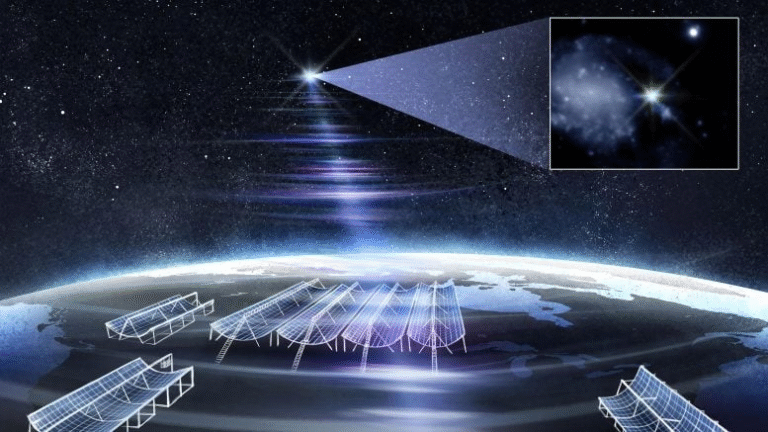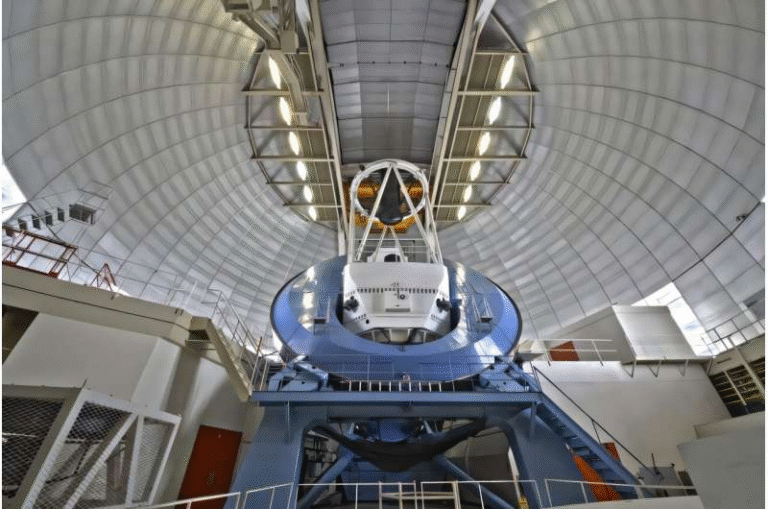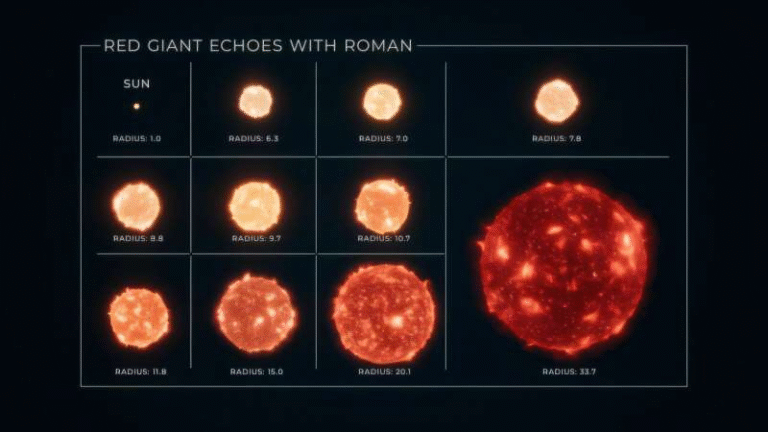Astronomers Use ALMA to Spot Baby Planets Forming Inside Dusty Protostellar Disks

When it comes to finding planets in the making, astronomers are finally peeking through the dusty cradles where stars and planets are born. A new study using the Atacama Large Millimeter/submillimeter Array (ALMA) has revealed that planet formation might begin much earlier than once believed—possibly while the parent star is still forming.
The research, led by Dr. Maria Jose Maureira Pinochet of the Max Planck Institute for Extraterrestrial Physics, is part of the Fifty AU Study (FAUST), a long-term program designed to examine how young stars and their surrounding disks evolve. This latest work, titled “FAUST. XXVIII. High-Resolution ALMA Observations of Class 0/I Disks: Structure, Optical Depths, and Temperatures”, focuses on 16 disks surrounding Class 0 and Class I protostars—stars so young they are still wrapped in the dense material from which they’re born.
The Early Stages of Planet Birth
Protostellar disks are swirling collections of gas and dust that orbit around young stars. Over time, these disks flatten and form rings, gaps, and spirals—signs that planets are beginning to take shape. Until recently, astronomers assumed that planet formation began only after the star itself was fully formed. But growing evidence, including this new research, points to a different story: planet formation can start while the star is still assembling its own mass.
Class 0 and I protostars represent the earliest stages of star formation, lasting only a few hundred thousand years. During this time, the young star is still embedded in its original envelope of gas and dust and continues to pull in material from its surroundings. Observing these systems is notoriously difficult because the thick dust blocks visible light, but ALMA—operating at millimeter wavelengths—can see through the haze.
What ALMA Saw
The team used ALMA to observe 16 protostellar disks at wavelengths of 1.3 millimeters and 3 millimeters, achieving a resolution of about 7.5 astronomical units (AU)—roughly the distance from the Sun to Saturn. The disks varied widely in size, ranging from just 2 AU to about 100 AU across.
One of the key measurements the team made is the spectral index (α), which tells astronomers how light intensity changes with wavelength. In most of these young disks, α values were around 2.1, increasing slightly toward the outer edges. Since optically thick disks tend to show spectral indices close to 2, these numbers indicate that the disks are extremely dense and opaque—so thick, in fact, that much of their internal structure is hidden from view.
Another remarkable finding is that these disks emit far more radiation than expected from passive heating alone. The brightness temperatures were too high to be explained by stellar light alone, meaning that accretion heating—friction and compression as material falls inward—plays a big role.
Heavy and Hot: A Recipe for Early Planet Formation
After correcting for optical thickness, the researchers found that these disks are 10 times brighter and more massive than previously thought. The estimated dust masses range between 30 and 900 Earth masses, translating to gas masses of about 0.01 to 0.3 times the Sun’s mass.
These hefty masses suggest there is plenty of material available for planet formation, even at this early stage. The disks’ high density also means that gravitational forces and accretion heating shape their structure in powerful ways, influencing how planets and even complex molecules might form later on.
Despite the incredible detail of ALMA’s images, the researchers found only one clear substructure—a ring-like feature already noted in previous studies—and one more possible candidate. The lack of visible substructures doesn’t mean they aren’t there; instead, they might simply be hidden beneath layers of dense dust, beyond ALMA’s current ability to see through.
This idea supports the growing hypothesis that planet-forming rings and gaps could already exist in the earliest Class 0 phase but remain concealed. To truly uncover them, astronomers will need to observe at longer wavelengths, where the emission becomes more transparent.
Binary Star Systems Add Another Twist
Among the 16 targets, some were binary protostar systems, where two stars are forming together. These systems showed circumbinary disks—disks that orbit both stars—and their properties stood out. The circumbinary disks had higher spectral indices (around 3.0), indicating lower optical depths and possibly larger dust grains, a sign that grain growth—a crucial step toward building planets—might already be happening in these complex environments.
Why These Results Matter
This research challenges one of the long-held assumptions in astronomy—that planet formation begins only after star formation is complete. Instead, the evidence now suggests that stars and planets may grow up together, with disks actively shaping the young system from the very beginning.
Recognizing that early disks are optically thick and massive also means astronomers may have underestimated the amount of material available for building planets in past studies. By accounting for these effects, scientists can make more accurate models of how solar systems form and evolve.
Moreover, understanding how heat, gravity, and dust interact in these young environments helps explain where and how complex organic molecules might arise—an essential piece of the puzzle in tracing the origins of life.
The Instruments Behind the Discovery
ALMA, located in Chile’s Atacama Desert, is one of the world’s most powerful radio observatories. Its ability to combine signals from 66 antennas spread across up to 16 kilometers allows it to see fine details in cold, dusty regions that optical telescopes can’t penetrate.
ALMA’s success in this study highlights how far observational astronomy has come. But the researchers emphasize that we’re still only seeing the surface. Future telescopes, such as the Square Kilometre Array Observatory (SKAO) and the Next Generation Very Large Array (ngVLA), will observe at longer wavelengths, making it easier to see through dense dust. Together with more sensitive ALMA campaigns, these facilities will reveal the hidden structures of the earliest planet-forming disks.
A Quick Look at Protostellar Classes
To understand why these findings are so exciting, it helps to know how astronomers classify young stars:
- Class 0 Protostars: The youngest stage, still deeply buried in their birth envelope of gas and dust. Most of their mass is still in the surrounding material rather than in the star itself.
- Class I Protostars: Slightly older, where the central star has gained more mass but still accretes material from the disk and envelope.
- Class II Protostars: The envelope has mostly dispersed, and the system now features a visible protoplanetary disk—the type where we often see the familiar rings and gaps created by growing planets.
This study bridges the gap between Class 0/I and Class II systems, revealing how the earliest disks evolve into fully fledged protoplanetary systems.
What’s Next in the Hunt for Baby Planets
Even with ALMA’s incredible resolution, much remains to be discovered. The next step is to probe these disks at longer wavelengths, where dust becomes more transparent. This will allow astronomers to detect faint substructures—potential early signs of planets clearing their orbits.
Future instruments like ngVLA and SKAO will complement ALMA by offering greater sensitivity and the ability to survey larger samples of young systems. As technology improves, scientists will not only detect more of these early disks but also track their evolution in real time, connecting the dots between star formation and planet formation in ways never before possible.
Understanding the earliest conditions of planet formation helps us trace how systems like our own solar system came to be—and perhaps even how common Earth-like planets are throughout the galaxy.
Research Reference:
FAUST. XXVIII. High-Resolution ALMA Observations of Class 0/I Disks: Structure, Optical Depths, and Temperatures – M. J. Maureira et al., arXiv (2025)





